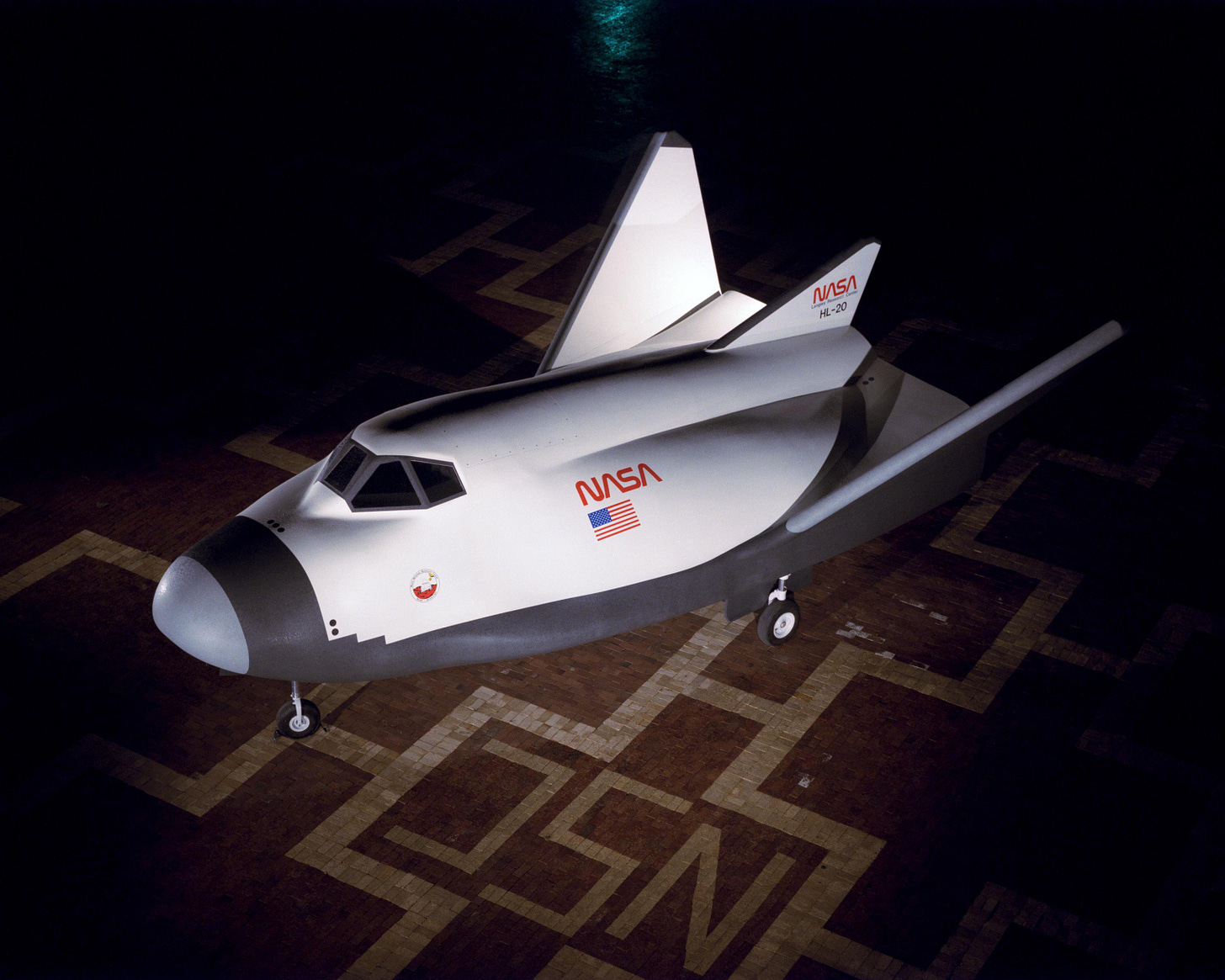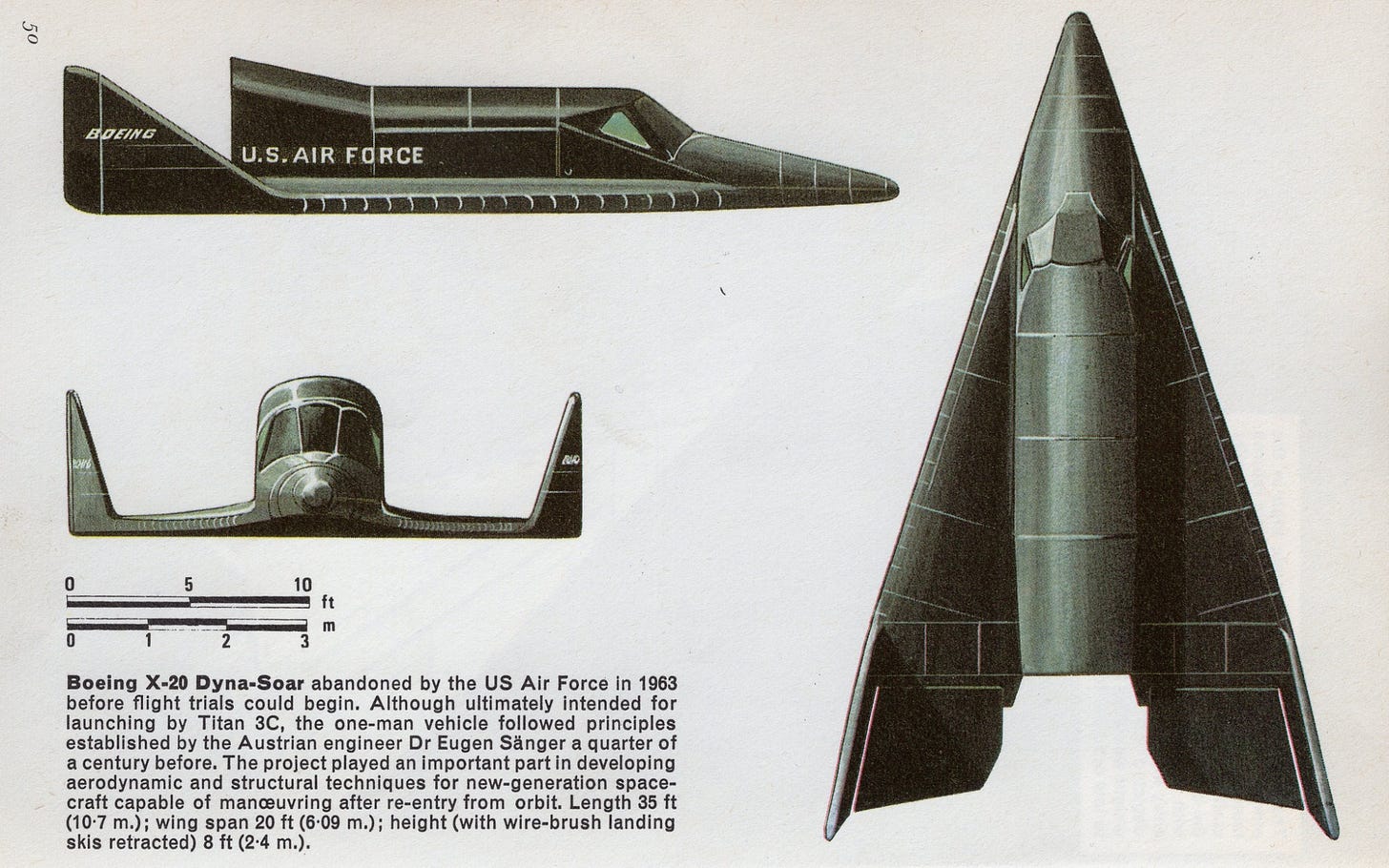Aerospace Engineering Analysis: The Dyna-Soar's Successor - Sierra Space's Dream Chaser:
The Sierra Space Dream Chaser Is a Hypersonic Glide Vehicle and the Spiritual Successor to the Boeing X-20 Dyna-Soar
What would you like to see more of from The Engineer's Perspective? Let me know!

The Engineer's Perspective is a reader-supported publication. To receive new posts and support my work, consider becoming a free or paid subscriber.
Table of Contents:
Overview:
History
Dream Chaser Design
Concept of Operations
Shooting Star
Systems Engineering Analysis: Dream Chaser and Shooting Star
Conclusion
References
Overview:
You’re in the International Space Station.
And IT’S ON FIRE.
The Dragon Capsule has already been sent back down with the rotating astronauts, and the space shuttle program has been shuttered for years.
What do you do?
This is the premise behind Sierra Space’s Dream Chaser, the first winged commercial spaceplane. Designed to be a space plane that would launch via rocket and land on a runway, it was to be a low-cost, easily maintainable alternative backup to the Space Shuttle, and now, and is now the alternative to SpaceX’s Dragon and Dragon 2 capsule, providing transportation in the Low Earth Orbit (LEO) Regime to and from the station.
History:
The lifting-body heritage of the Dream Chaser predates that of the Space Shuttle, with conceptual ancestry dating back to the original Dyna-Soar from the 1960s.
(You can see my original article to the Dyna-Soar here and at the end of this article.)
The Dream Chaser is a derivation of NASA’s HL-20 concept for crewed orbital missions designed by NASA’S Langley Research center from the 1990s:

The HL-20 was part of the Personal Launch System (PLS) concept, which was meant to act as an affordable backup to the Space Shuttle.
This affordability happened in three ways:
A low-cost alternative to the Space Shuttle should it be unavailable.
Crew Safety alternative: With no requirement for propulsion or payload bay, the PLS system would be small and compact, acting as a possible “Lifeboat” for the crew.
Affordability: A smaller vehicle with less complex design would result in low development and running operations costs.
Keep reading with a 7-day free trial
Subscribe to The Engineer's Perspective to keep reading this post and get 7 days of free access to the full post archives.




